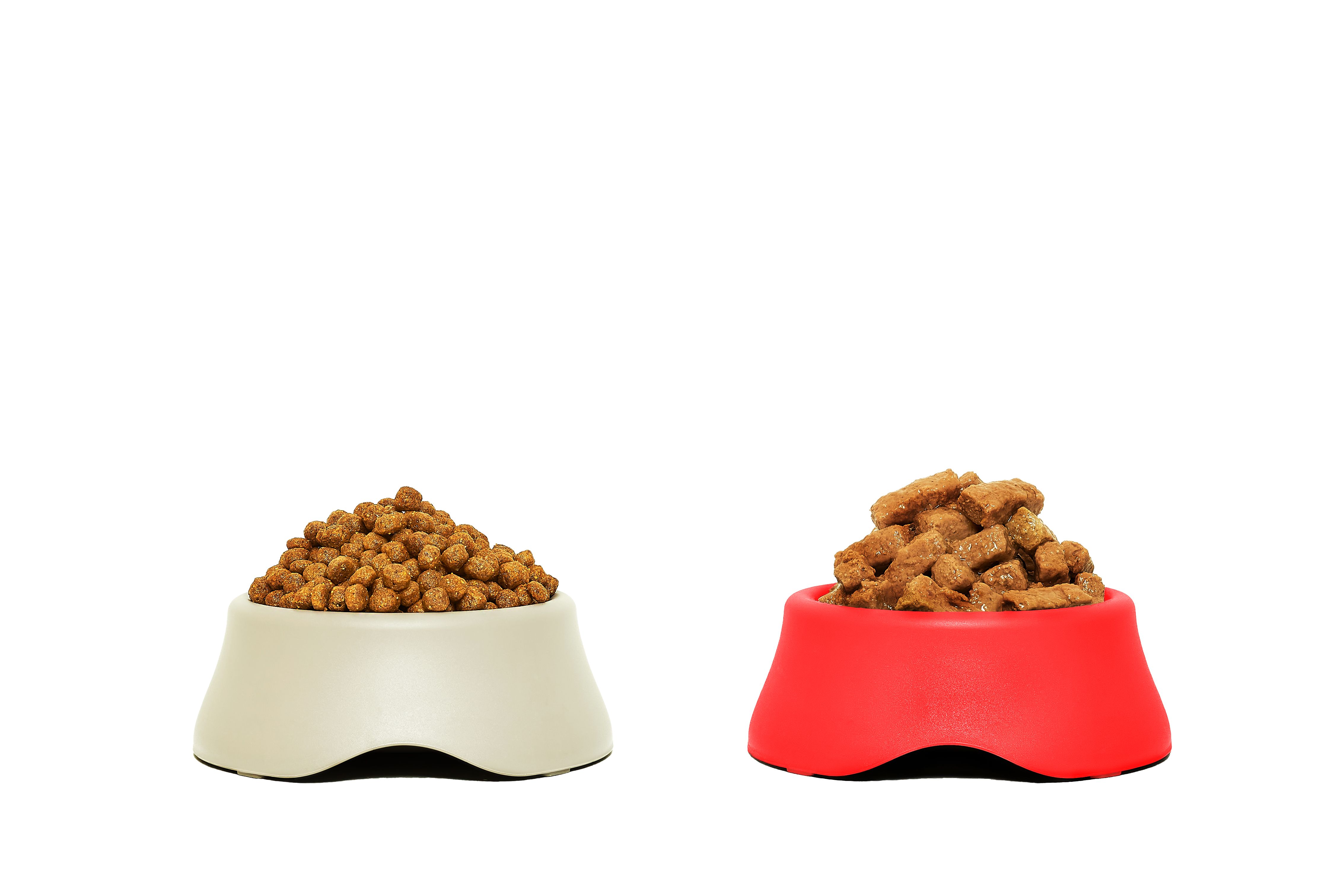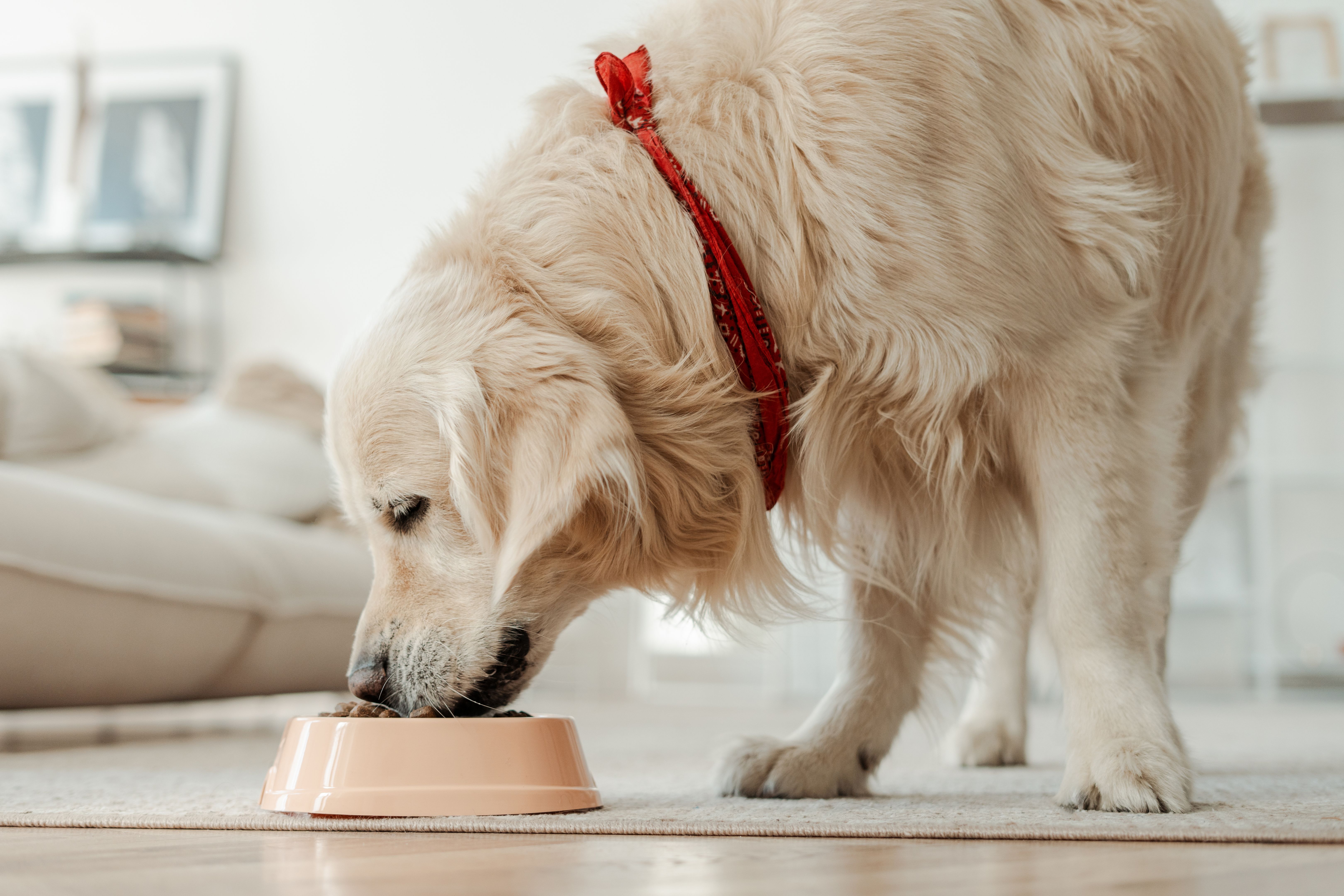The Raw Truth: Is Kibble Harming Your Dog?
JR
Understanding Kibble: What's in Your Dog's Bowl?
For many pet owners, kibble is the go-to choice when it comes to feeding their beloved dogs. This dry, crunchy food is convenient, affordable, and seemingly nutritious. However, beneath its appealing exterior lies a complex manufacturing process that may not always prioritize your pet's health. Understanding what goes into kibble is crucial for making informed decisions about your dog's diet.
Most kibble is made from a mix of meat by-products, grains, and fillers, along with artificial preservatives and flavors. While these ingredients help keep costs low and improve shelf life, they may not provide the optimal nutrition your dog needs. Additionally, the high-temperature processing can strip away essential nutrients, potentially leaving the food less beneficial than it appears.

Nutritional Value: Is Your Dog Getting Enough?
The primary concern with kibble is whether it meets your dog's nutritional requirements. Dogs require a balanced diet rich in proteins, fats, vitamins, and minerals. While many commercial kibbles claim to be "complete and balanced," the reality is that not all brands adhere to the same standards.
A high-quality kibble may contain adequate nutrients, but cheaper alternatives often rely on fillers like corn and wheat, which can lead to allergies and digestive issues. It's essential to scrutinize the ingredient list and opt for brands that prioritize whole food sources.

Potential Health Risks
Feeding your dog kibble exclusively could pose certain health risks over time. Some dogs may develop food allergies or sensitivities due to the common allergens found in many kibble recipes. Furthermore, the lack of moisture in dry kibble can contribute to dehydration, especially if dogs aren't drinking enough water.
Long-term consumption of low-quality kibble may also lead to obesity, dental problems, and even more severe health conditions like diabetes or kidney disease. Monitoring your dog's health and consulting with a veterinarian can help mitigate these risks.

Exploring Alternatives: Raw and Homemade Diets
In light of these concerns, more pet owners are turning to raw or homemade diets as alternatives to kibble. These diets typically consist of raw meats including organs, ground bone, vegetables, and fruits, aiming to mimic what dogs might eat in the wild. The benefits include increased energy levels, shinier coats, and improved dental health.
However, transitioning to a raw or homemade diet requires careful planning to ensure nutritional balance. Consulting with a Holistic veterinarian can help you create a meal plan tailored to your dog's specific needs.
Practical Tips for Feeding Your Dog
If you're considering making a switch from kibble, here are some practical tips:
- Gradually introduce new foods to prevent digestive upset.
- Ensure meals are balanced with the right mix of proteins, fats, and carbohydrates.
- Monitor your dog's reaction to new diets and adjust as necessary.

The Bottom Line: Making the Best Choice for Your Pet
Ultimately, the choice between kibble and alternative diets depends on your dog's individual health needs and lifestyle. While kibble offers convenience, it's essential to be mindful of its potential drawbacks. Regular veterinary check-ups and staying informed about nutritional content can help you make the best decision for your furry friend.
By taking a proactive approach to your dog's diet, you can ensure they receive the nutrients they need for a long and healthy life. Whether you stick with kibble or explore other options, the key is to remain attentive to your pet's well-being.
